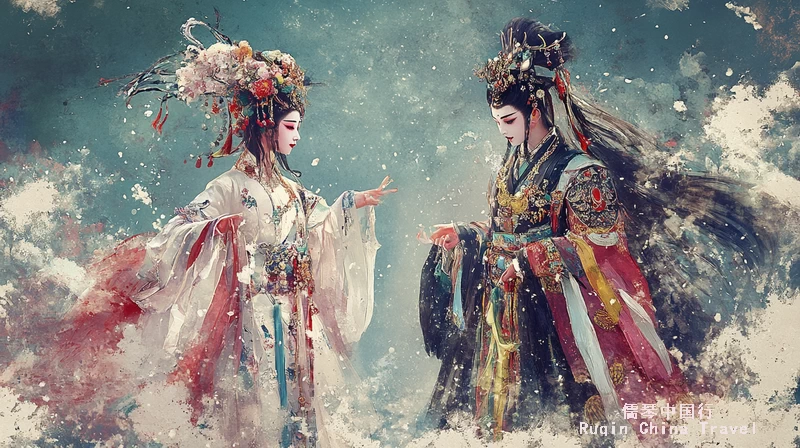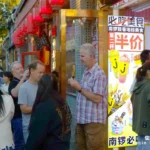Peking Opera is one of China’s most iconic performing arts, known for its colorful costumes, dramatic makeup, and intricate storytelling. For foreign visitors in Beijing, watching a Peking Opera performance can be an unforgettable cultural experience. However, understanding and appreciating this art form might be challenging without some background knowledge. In this complete guide, we will explore the history, significance, and tips on how to enjoy Peking Opera. Whether you’re new to this art or a returning fan, this guide will help you understand and enjoy every moment of the performance.
A Brief History of Peking Opera
Peking Opera, also known as “Jingju,” originated in Beijing during the late 18th century. It developed from earlier regional opera styles, combining elements of music, dance, acrobatics, and drama. By the Qing Dynasty (1644–1912), Peking Opera had become a favored entertainment form at the royal court. Over time, it gained popularity throughout China, with performers bringing it to cities and towns across the country.
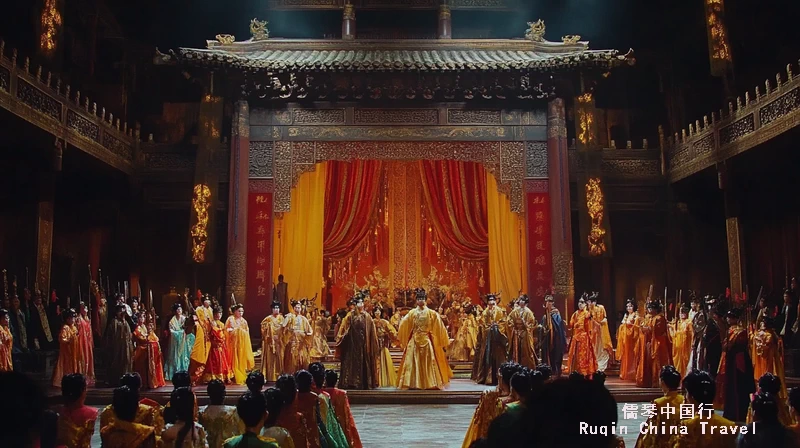
Today, Peking Opera is recognized as a treasure of Chinese culture. It tells classic stories of love, war, heroism, and folklore, often drawing from Chinese literature and history. When considering how to enjoy Peking Opera, it helps to know a bit about its roots and evolution. Understanding the background of this art form can deepen your appreciation for the skill and effort behind each performance.
The Elements of Peking Opera
Peking Opera is an art that blends several key elements. To truly appreciate it, you should know a bit about each one. First, there is music. The music in Peking Opera features traditional Chinese instruments, such as the erhu (a two-stringed instrument), the jinghu (a high-pitched fiddle), and gongs. The rhythm sets the pace for the performance, guiding the actors’ movements.
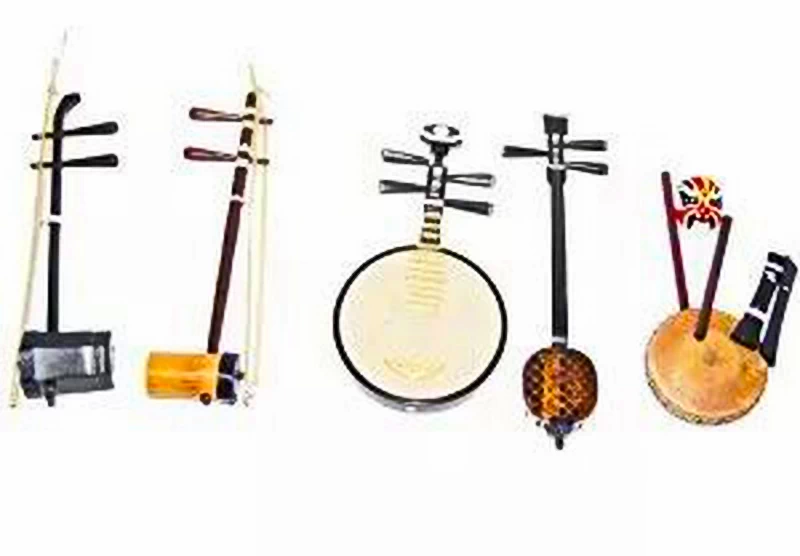
Next, there are vocal performances. Peking Opera singers use a unique singing style that can sound quite different to Western ears. The voices are high-pitched, and the delivery is often dramatic. Over time, you may find that this singing style adds emotional depth to the storytelling.
Additionally, Peking Opera involves acting and movement. Every gesture, step, and facial expression is carefully choreographed. The actors use exaggerated movements to convey emotions, actions, and even scenery changes. Finally, the costumes and makeup are essential to Peking Opera. The bright colors and bold designs help portray the characters’ roles and personalities, making it easier for the audience to follow the story.
The Significance of Peking Opera in Chinese Culture
Peking Opera is more than just entertainment. It represents a rich cultural heritage that has been passed down for generations. For many Chinese people, it embodies traditional values, such as loyalty, bravery, and respect. The stories told in Peking Opera often feature well-known historical figures, mythological heroes, or characters from classic Chinese literature. By watching a Peking Opera performance, you are experiencing a part of China’s cultural identity.
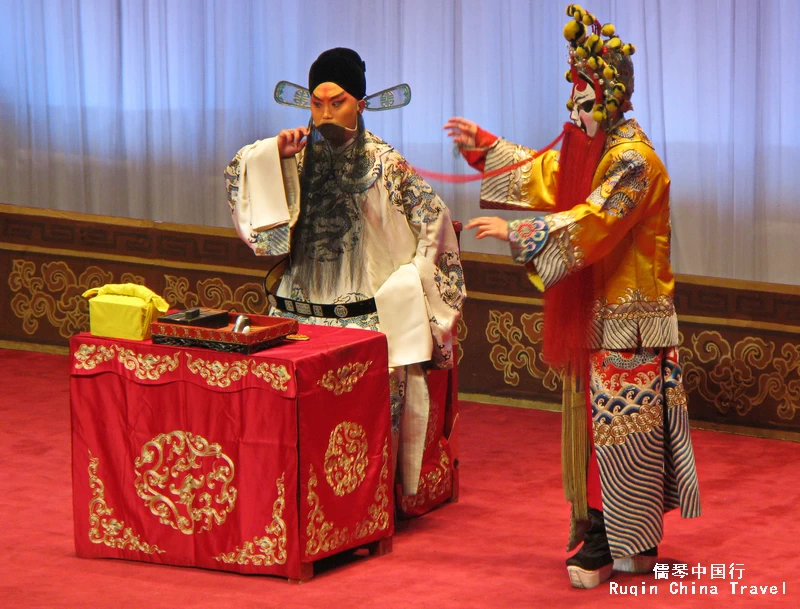
Understanding the cultural significance can greatly enhance how to enjoy Peking Opera. The art form reflects themes of Confucianism, such as filial piety and moral righteousness. Additionally, the performers themselves spend years mastering the craft, training rigorously in voice, acting, and acrobatics. Knowing this dedication can make you appreciate the skill and effort behind each gesture and note.
Types of Roles in Peking Opera
If you want to learn how to enjoy Peking Opera, you should familiarize yourself with the four main types of roles: Sheng, Dan, Jing, and Chou. Each represents a different character type.
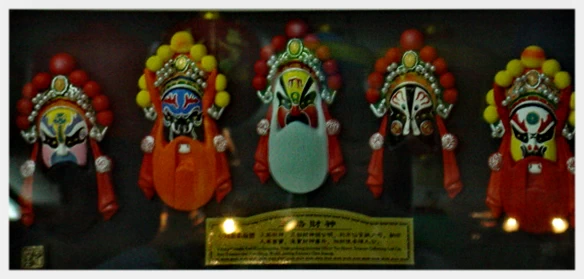
- Sheng (生)refers to the male role. There are different types of Sheng, such as the “Laosheng” (old male) and “Wusheng” (military male).
- Dan (旦)represents the female role. In the past, men played these roles, but today both men and women perform as Dan.
- Jing (净)is the painted-face role, known for its bold makeup and exaggerated expressions. These characters are often warriors or powerful figures.
- Chou(丑) is the comic role, which lightens the mood with humor and wit.
Recognizing these roles will make it easier for you to follow the plot. For example, if you see a character with elaborate face paint, you’ll know they are likely playing a Jing role, which usually means they are a bold and powerful character.
Tips on How to Enjoy Peking Opera
To fully appreciate Peking Opera, it helps to know a few tips before attending a performance. Here’s how to make the most of your experience:
1. Learn the Story Beforehand: Peking Opera performances are often in Mandarin, which can make it difficult to follow for non-speakers. It’s a good idea to read a summary of the story before you go. Knowing the plot will allow you to focus more on the acting, music, and visuals.
2. Focus on the Visuals: Even if you don’t understand the language, Peking Opera is visually stunning. The costumes, makeup, and movements all tell a story. Pay attention to the colors and designs. For instance, red usually symbolizes loyalty, while white can represent treachery.
3. Appreciate the Music and Singing: The unique music and singing style might be unfamiliar at first. However, try to listen to the rhythms and how they match the actors’ movements. With practice, you’ll start to notice how the music adds to the drama.
4. Choose a Famous Theater: If it’s your first time, consider visiting a well-known theater, like the Liyuan Theater in Beijing. These venues often offer programs with English subtitles, making it easier for foreign tourists to follow along. Additionally, these theaters preserve the traditional atmosphere, giving you an authentic experience.
Where to Watch Peking Opera in Beijing
Knowing where to go is essential for understanding how to enjoy Peking Opera. Beijing, the birthplace of Peking Opera, has many famous venues where you can watch performances. The Liyuan Theater is one of the most popular. It offers nightly shows that introduce the art to tourists, with short excerpts that are easier to follow. The theater also provides English subtitles, allowing you to understand the story.
Another great place is the Huguang Guild Hall, a historic venue with a rich background. Watching a show here gives you a sense of stepping back in time, as you see the opera in a setting that has hosted performances for over a century. If you want a luxury experience, visit the National Centre for the Performing Arts (NCPA). The NCPA often stages grand productions, showcasing the best of Peking Opera.
Famous Peking Opera Performances
To truly understand how to enjoy Peking Opera, it’s helpful to know some of the most famous performances. Here are a few classics:
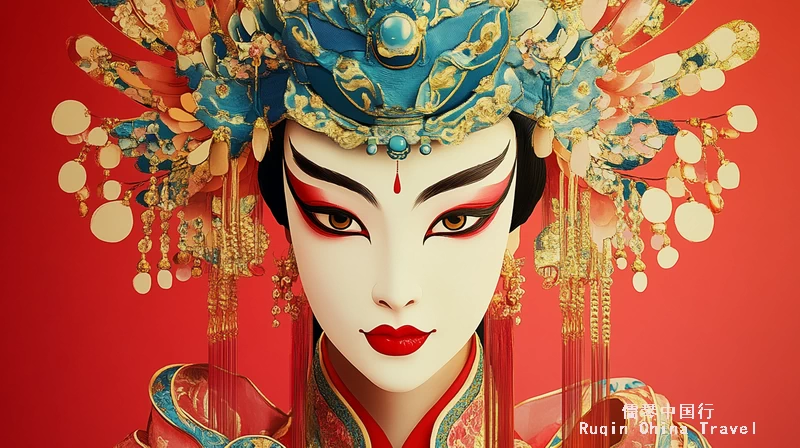
- “Farewell My Concubine”《霸王别姬》: This tragic love story is one of the most famous Peking Opera pieces. It tells the story of Xiang Yu, a warlord, and his beloved concubine, Yu Ji. The play is known for its beautiful costumes and emotional performances.
- “The Drunken Beauty”《贵妃醉酒》 : This opera tells the story of a concubine who feels betrayed when the emperor fails to visit her. It features impressive solo performances, with intricate gestures that convey deep emotions.
- “The Monkey King” :《孙悟空》 A lively and acrobatic opera, it follows the adventures of Sun Wukong, a legendary figure from Chinese folklore. This performance is engaging and full of action, making it a great introduction for first-time viewers.
Why Peking Opera Remains Relevant Today
Understanding how to enjoy Peking Opera also means recognizing why it remains significant today. Despite the rise of modern entertainment, Peking Opera has retained a strong cultural presence. It continues to be performed at festivals, on television, and in modern adaptations. In fact, younger generations are reviving interest in Peking Opera by blending it with modern elements, making it accessible to new audiences.
Additionally, the Chinese government recognizes Peking Opera as an important cultural heritage, promoting it through educational programs and cultural exchanges. Watching a performance allows you to witness a living tradition, connecting the past and present.
Peking Opera is a rich, intricate art form that combines music, dance, drama, and visual arts. For foreign visitors, understanding how to enjoy Peking Opera may require some background knowledge, but the effort is well worth it. By learning about its history, recognizing key elements, and following our tips, you can have a more meaningful experience when you watch a performance in Beijing. Whether you choose to see a classic like “Farewell My Concubine” or enjoy a lively show at a famous theater, Peking Opera offers a unique window into Chinese culture. So, next time you’re in Beijing, make sure to set aside an evening to enjoy this unforgettable art form.

